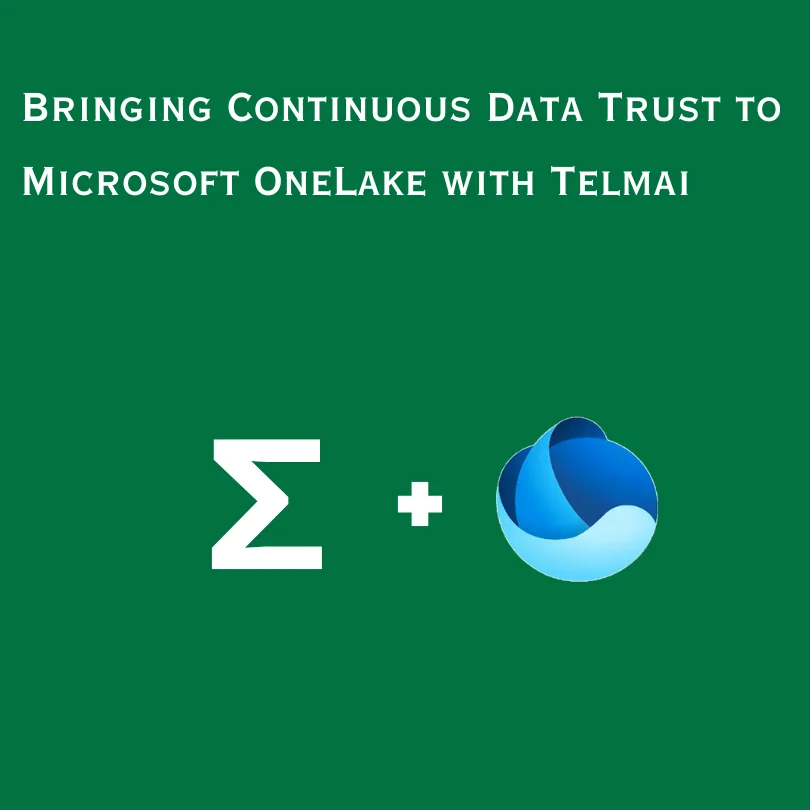Announcing Telmai’s data observability for Snowflake
Telmai announces its Data Observability for Snowflake, a widely used cloud data warehouse. This integration enables real-time monitoring of data quality, alerting teams to issues like schema changes, incomplete data, and unexpected values. With a simple 4-step process, Telmai ensures trustworthy data inside Snowflake, allowing data teams to focus on building great data products.

Overview
Snowflake is one of the most widely used cloud data warehouses today. Hence, as a data pipeline monitoring system, it was imperative to ensure we support Snowflake monitoring so the data inside Snowflake is always trustworthy.
Telmai now supports Snowflake as a monitoring source along with many other sources like GCS, S3, and BigQuery.

So, what type of issues can Telmai find in your Snowflake?
Telmai will automatically monitor over 40 data metrics for your Snowflake tables/view.
Your team will get alerted and notified on issues like schema changes, incomplete data, empty record values, and even unexpected values; For example, tables received phone numbers instead of emails.
Additionally, users can set expectations/rules using our UI to fine-tune these metrics and thresholds for your business needs.
Our snowflake integration is designed to only process and alert on updates/new data via our change data capture configuration.
What’s more, we have made all this super easy, so the data teams can focus on building great data products and not burn out with pipeline health issues.
How does our Snowflake integration work?
It is a simple 4 step process that’s documented here :
- Create a Telmai User account in your snowflake account
- Provide Telmai Users access to tables/views that need to be monitored
- Enable Temai monitoring
- Turn on Change data capture, so Telmai only alerts on new/updated data.
Ready to give it a try? Request a demo and get started now—no more escalation drills around bad data in Snowflake.
Passionate about data quality? Get expert insights and guides delivered straight to your inbox – click here to subscribe to our newsletter now.
- On this page
See what’s possible with Telmai
Request a demo to see the full power of Telmai’s data observability tool for yourself.
